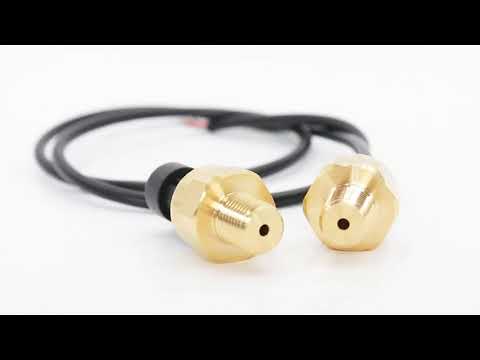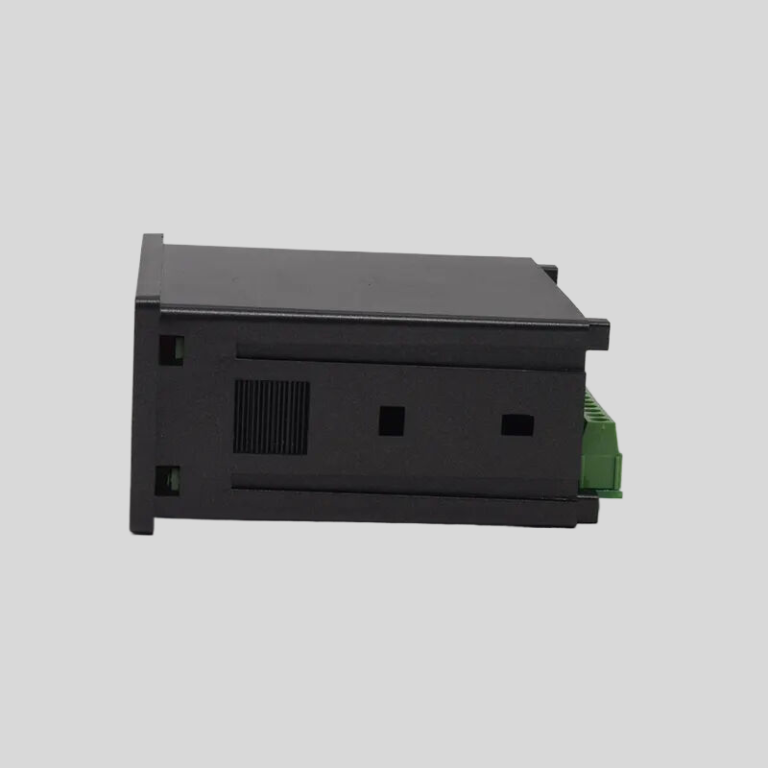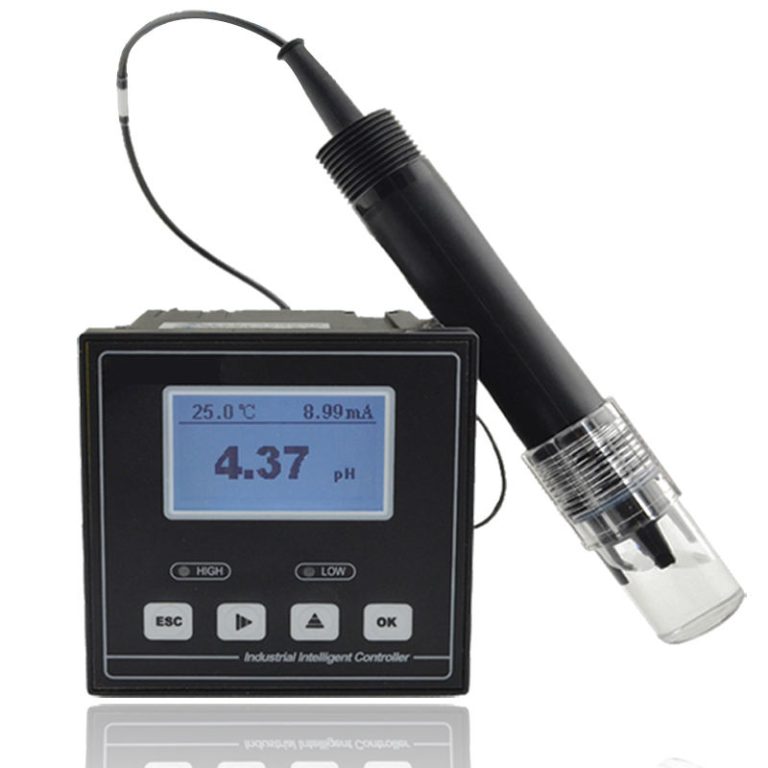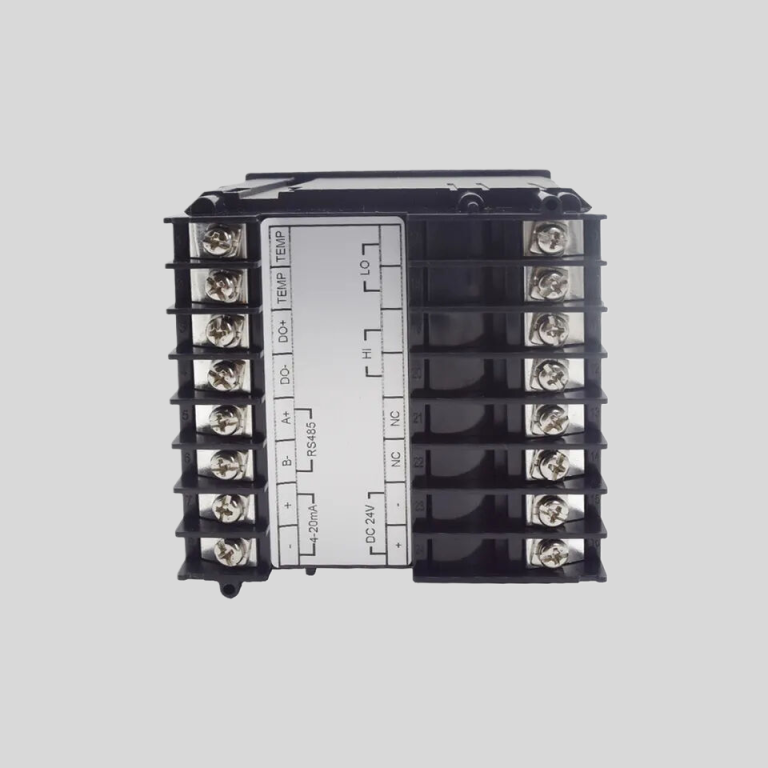Importance of Water Quality Monitoring Methodology
Water quality monitoring methodology is a crucial aspect of ensuring the safety and sustainability of our water resources. With the increasing pressures of population growth, industrialization, and climate change, the need for effective water quality monitoring has never been more important. By implementing robust monitoring methodologies, we can better understand the state of our water bodies, identify potential risks, and take appropriate actions to protect and improve water quality.
One of the key reasons why water quality monitoring methodology is so important is its role in safeguarding public health. Contaminated water can pose serious health risks to humans and wildlife, leading to a range of illnesses and even fatalities. By regularly monitoring water quality, we can detect the presence of harmful pollutants and pathogens, and take prompt action to prevent exposure and mitigate risks. This proactive approach is essential for protecting the health and well-being of communities that rely on clean water sources for drinking, recreation, and agriculture.
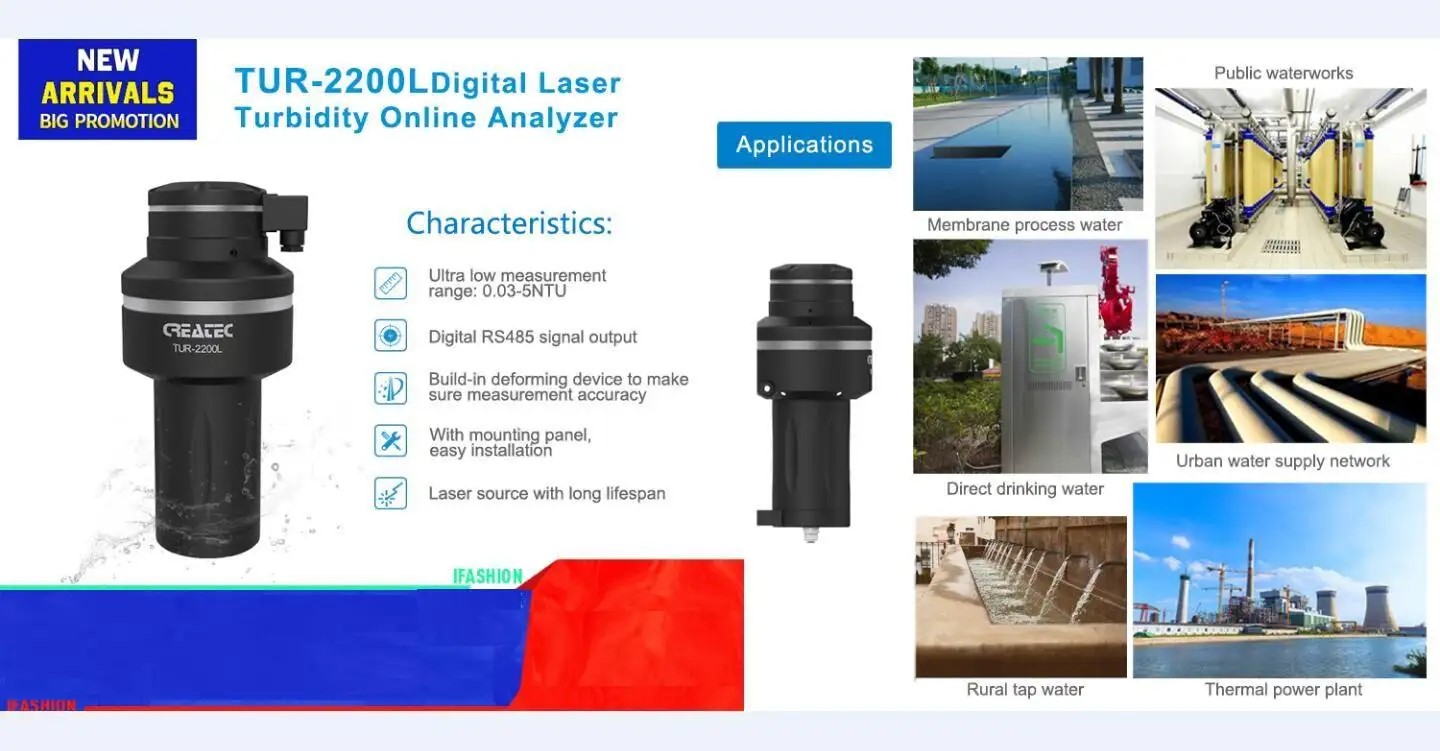
In addition to public health concerns, water quality monitoring methodology also plays a critical role in protecting the environment. Water pollution can have devastating effects on aquatic ecosystems, leading to the decline of fish populations, the loss of biodiversity, and the degradation of habitats. By monitoring water quality parameters such as dissolved oxygen levels, pH, turbidity, and nutrient concentrations, we can assess the health of aquatic ecosystems and identify areas that require intervention. This information is essential for developing effective management strategies to restore and maintain the ecological balance of our water bodies.
Furthermore, water quality monitoring methodology is essential for ensuring compliance with regulatory standards and guidelines. Governments and regulatory agencies set limits on the concentrations of various pollutants in water bodies to protect human health and the environment. By monitoring water quality parameters and comparing the results to these standards, we can assess whether water bodies are meeting regulatory requirements or if further action is needed to address pollution sources. This information is crucial for guiding policy decisions, enforcing regulations, and holding polluters accountable for their actions.
| Model | DO-810/1800 dissolved oxygen meter |
| Range | 0-20.00 mg/L |
| Accuracy | ±0.5% FS |
| Temp. Comp. | 0-60℃ |
| Oper. Temp. | 0~60℃ |
| Sensor | dissolved oxygen sensor |
| Display | Segment code operation/128*64 LCD Screen(DO-1800) |
| Communication | Optional RS485 |
| Output | 4-20mA output High/Low limit double relay control |
| Power | AC 220V±10% 50/60Hz or AC 110V±10% 50/60Hz or DC24V/0.5A |
| Working Environment | Ambient temperature:0~50℃ |
| Relative humidity≤85% | |
| Dimensions | 96×96×100mm(H×W×L) |
| Hole Size | 92×92mm(H×W) |
| Installation Mode | Embedded |
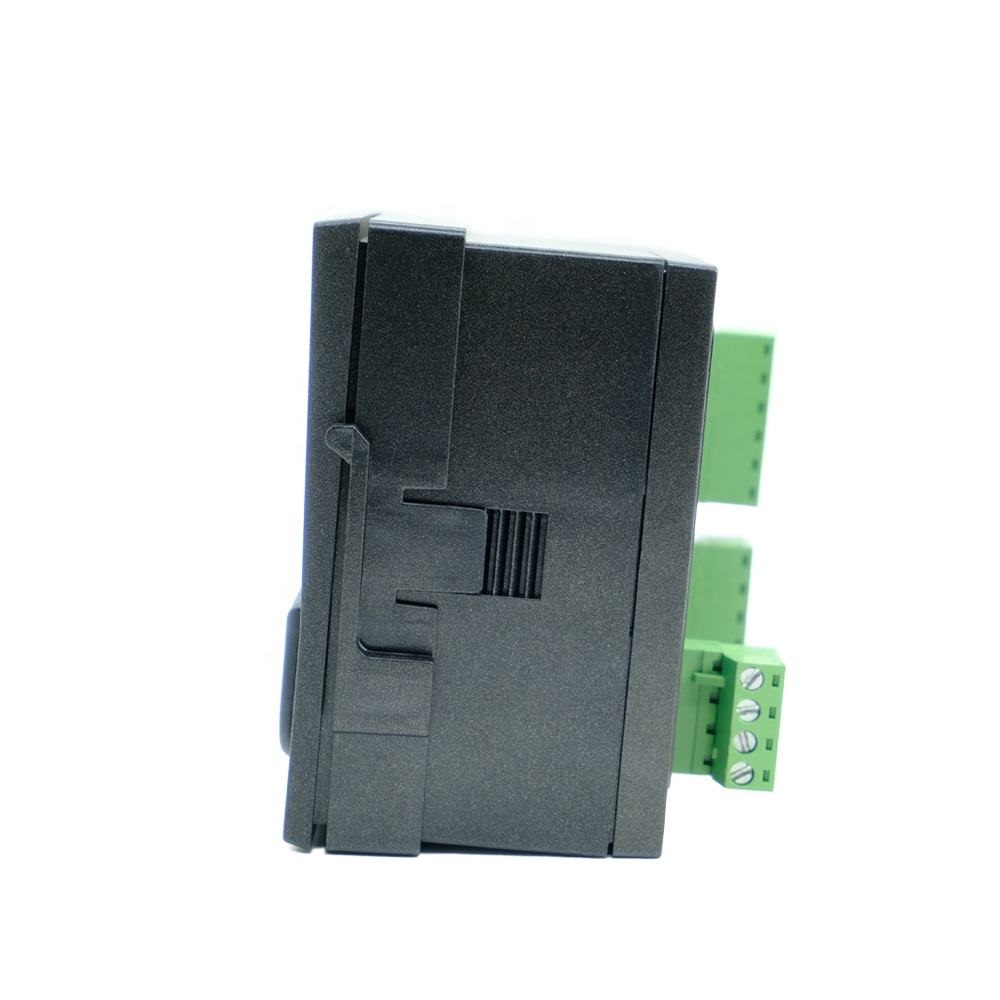
Effective water quality monitoring methodology relies on a combination of field sampling, laboratory analysis, and data interpretation. Field sampling involves collecting water samples from various locations and depths in a water body, using specialized equipment and techniques to ensure representative and accurate results. These samples are then analyzed in a laboratory using sophisticated instruments and methods to measure the concentrations of pollutants, nutrients, and other water quality parameters. The data obtained from these analyses are then interpreted and used to assess the overall health of the water body, identify trends and patterns, and inform decision-making processes.
| Model | EC-8851/EC-9900 High Precision Conductivity/resistivity controller |
| Range | 0-200/2000/4000/10000uS/cm |
| 0-20/200mS/cm 0-18.25MΩ | |
| Accuracy | Conductivity:1.5%; Resistivity:2.0%(FS) |
| Temp. Comp. | Automatic temperature compensation based on 25℃ |
| Oper. Temp. | Normal 0~50℃; High temp 0~120℃ |
| Sensor | 0.01/0.02/0.1/1.0/10.0cm-1 |
| Display | LCD Screen |
| Current Output | 4-20mA output/2-10V/1-5V |
| Output | High/Low limit dual relay control |
| Power | DC24V/0.5A or |
| AC85-265V±10% 50/60Hz | |
| Working Environment | Ambient temperature:0~50℃ |
| Relative humidity≤85% | |
| Dimensions | 96×96×72mm(H×W×L) |
| Hole Size | 92×92mm(H×W) |
| Installation Mode | Embedded |
In conclusion, water quality monitoring methodology is a vital tool for protecting public health, safeguarding the environment, and ensuring regulatory compliance. By implementing robust monitoring methodologies, we can better understand the state of our water resources, identify potential risks, and take appropriate actions to protect and improve water quality. It is essential that governments, regulatory agencies, scientists, and stakeholders work together to develop and implement effective monitoring programs that address the complex challenges facing our water bodies. Only through a comprehensive and proactive approach to water quality monitoring can we ensure the long-term sustainability and health of our water resources.

